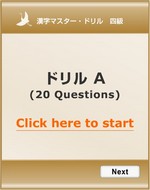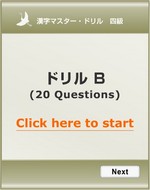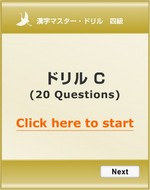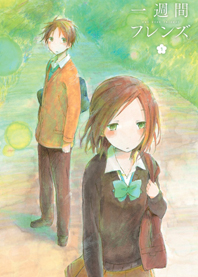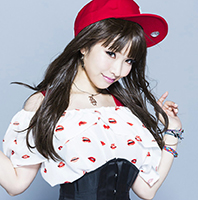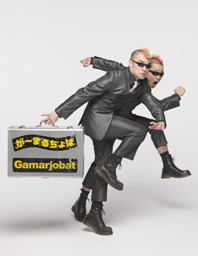Part 8: 大 小 多 少 長 目 口 耳 手 足
大 : タイ、ダイ、おお、おお(いに)、おお(きい)
Meaning: big Shape: 一 + 人. A person with arms and legs outstretched.
|
Click to see the stroke order animation.
| Word | Reading | Meaning | Class |
|---|---|---|---|
| 大きい | おおきい | big, large | i-adj |
| 大きな | おおきな | big, large | na-adj |
There is no difference between 大きい(i-adjective) and 大きな(na-adjective) in the meaning and the usage. 大きい家 and 大きな家 are equally correct to mean a big house. |
|||
| 大[勢] | おおぜい | many (people) | adv |
子どもが 大ぜい います。<There are many children.> |
|||
| 大人 | おとな | adult | n |
| 大[使館] | たいしかん | embassy | n |
| 大[切] | たいせつ | important | na-adj, n |
これは とても 大切です。<This is very important.> |
|||
| 大好き | だいすき | be strongly fond of, adore | adj |
私は すしが 大好きです。<I love sushi.> |
|||
| 大[丈夫] | だいじょうぶ | alright, OK | adj |
| 大学 | だいがく | university | n |
小 : ショウ、お、こ、ちい(さい)
Meaning: small Shape: Wooden sticks split into smaller pieces.
|
| 小さい | ちいさい | small, little | i-adj |
| 小さな | ちいさな | small, little | na-adj |
There is no difference between 小さい(i-adjective) and 小さな(na-adjective) in the meaning and the usage. 小さい家 and 小さな家 are equally correct to mean a small house. |
|||
多 : タ、おお(い)
Meaning: many Shape: 夕 + 夕
|
| 多い | おおい | many, a lot of | i-adj |
六月は 雨が多いです。<It rains a lot in June.> |
|||
少 : ショウ、すく(ない)、すこ(し)
Meaning: little quantity
|
| 少ない | すくない | little quantity, few, scarce | i-adj |
今年は、雨が 少ないです。<We have little rain this year.> |
|||
| 少し | すこし | little quantity, few, scarce | adv |
今日、雨が 少し ふりました。<It rained a little today.> |
|||
長 : チョウ、なが(い)
Meaning: long Shape: 老人がながい頭髪をなびかせてたつさまを描いたもの。
|
| 長い | ながい | long | i-adj |
目 : ボク、モク、ま、め
Meaning: eye Shape: Symbolizing the shape of an eye.
|
| 目 | め | eye | n |
口 : ク、コウ、くち
Meaning: mouth Shape: Symbolizing the shape of a mouth.
|
| 口 | くち | mouth | n |
| 入口 | いりぐち | entrance | n |
口 also means hole or space which connects inside and outside. |
|||
| 出口 | でぐち | exit | n |
耳 : ジ、みみ
Meaning: ear Shape: Symbolizing the shape of an ear.
|
| 耳 | みみ | ear | n |
手 : シュ、た、て
Meaning: hand Shape: Symbolizing the shape of a hand with fingers.
|
| 手 | て | hand | n |
| [切]手 | きって | postage stamp | n |
| 手紙 | てがみ | letter | n |
| お手[洗]い | おてあらい | toilet, rest room | n |
Another word トイレ is used more often for toilet. |
|||
| 上手 | じょうず | be good at, skillful | na-adj, n |
かのじょは、りょうりが 上手です。<She is good at cooking.> |
|||
| 下手 | へた | be poor at | na-adj, n |
私は、うたが 下手です。<I am poor at singing.> |
|||
足 : ソク、あし、た(す)、た(りる)、た(る)
Meaning: foot, leg Shape: Symbolizing the shape of a leg (from knee to toe).
|
| 足 | あし | leg, foot | n |
足 can mean both leg and foot. |
|||
Writing Practice
Printable writing practice sheet is available at Kanji Writing Practice page.
Stroke Order Rules (3)
 |
When there are left, middle and right parts AND the left and the right parts are in 1 or 2 strokes each... Middle first, then left and right. (火 is an exception.) |
|---|---|
 |
Outer part first, then inner part. |



